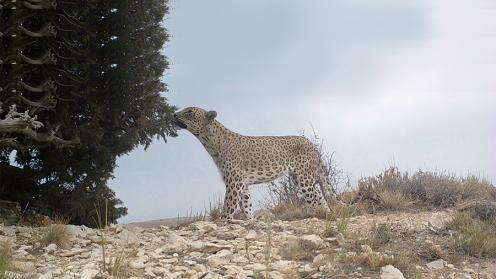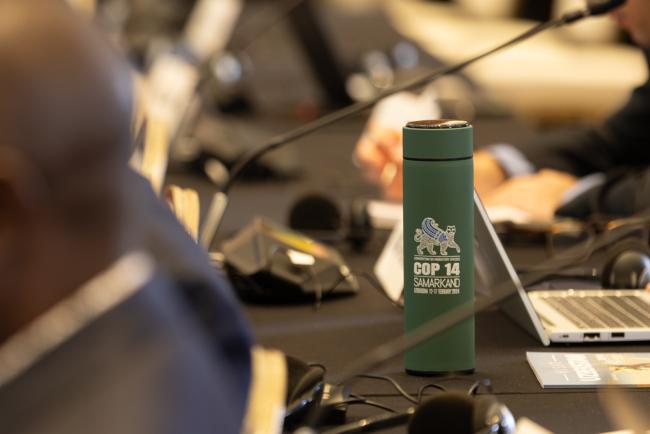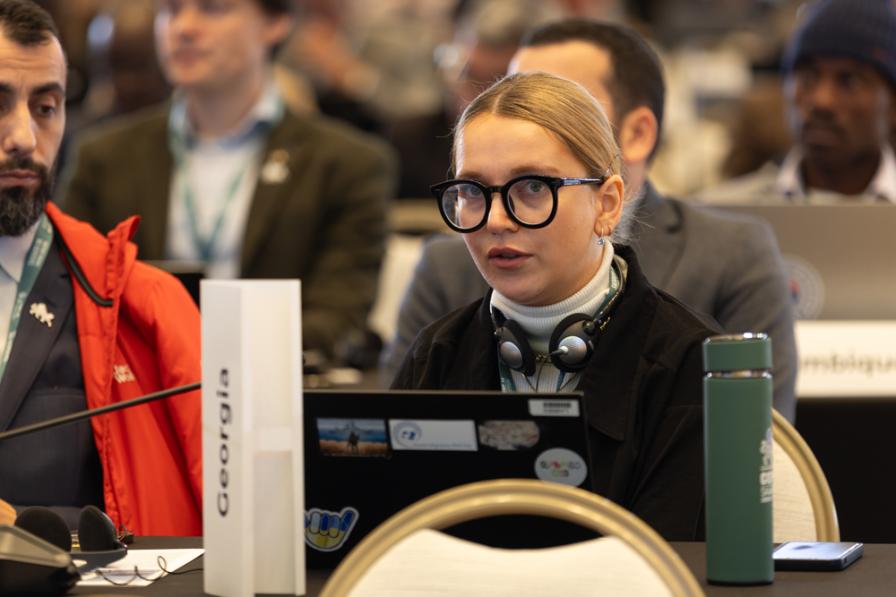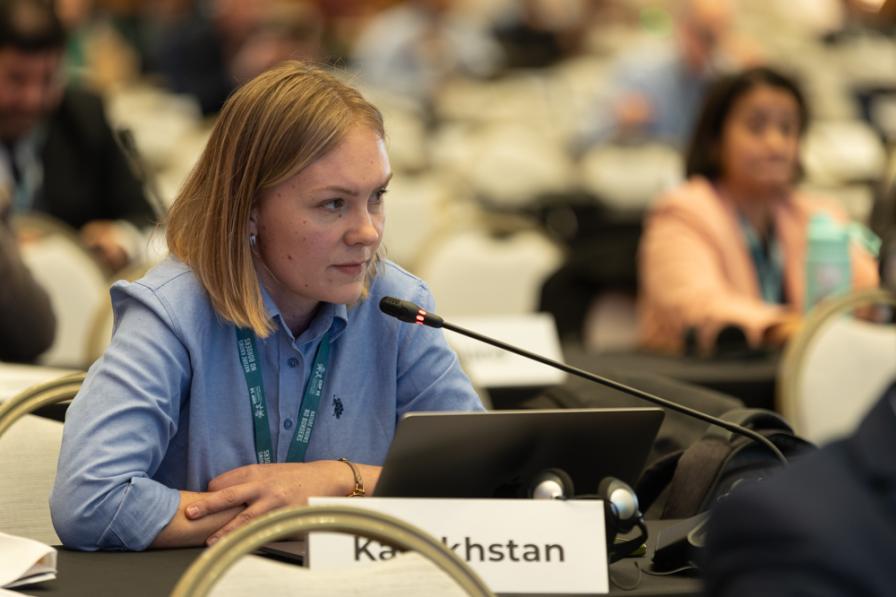What good is the best plan in the world if it’s not put into action? Tuesday’s deliberations threw delegates into the thick of this question. Discussions on the new Strategic Plan for Migratory Species led into the perennial question of collaboration with other biodiversity-related bodies, like the Convention for Biological Diversity (CBD). Parties made it clear that for the Convention on the Conservation of Migratory Species’ (CMS) plans to work on an issue as complex as global biodiversity, they need to speak to each other—and collaborate to achieve their goals.
Want to dig deeper into today's talks? Read the full Earth Negotiations Bulletin daily report.
The Committee of the Whole (CoW) spent the day reviewing issues related to strategic and institutional matters; scientific assessments; and the interpretation and implementation of the Convention.
In the morning, delegates considered how CMS’ work can best interface with other conventions, as well as the Kunming-Montreal Global Biodiversity Framework (GBF). CMS Executive Secretary Amy Fraenkel lauded the “tremendous collaborative process” undertaken by the CMS Family Working Group in this regard, noting that the goals of the GBF are intrinsically linked to those of CMS.
The afternoon’s meeting heard discussions on cross-cutting issues like illegal and unsustainable taking of migratory species; ecological connectivity; infrastructure; and threats related to wildlife disease. Parties and observers alike reinforced the important point that international agreements would not be enough to enact conservation. To have a material impact on the biodiversity crisis, regions and communities will need help on the ground, whether through appropriate training, community-led approaches, or collaboration with enforcement bodies that tackle organized crime and corruption.
The work of the Convention was not confined to the CoW, however. Many of the above items were referred to their relevant working groups, who deliberated during the day and into the evening. And at midday, in what they celebrated as “an important milestone,” CMS and the International Union for Conservation of Nature (IUCN) signed a Memorandum of Understanding (MOU) to support priority work under the African Carnivore Initiative.
Elsewhere in the venue and across the road in the Expo Centre, scientists and civil society actors presented side events on, among others:
- Transboundary cooperation on the recovery of Saiga antelope in Central Asia;
- Planning energy infrastructure in Uzbekistan with migratory birds in mind;
- Tracking and protecting small cats of the Silk Road; and
- A grassland migratory bird perspective on the American Flyways Framework.
To receive free coverage of global environmental events delivered to your inbox, subscribe to the ENB Update newsletter.
All ENB photos are free to use with attribution. For CMS COP14 please use: Photo by IISD/ENB - Kiara Worth
Morning Plenary
Around the Venue
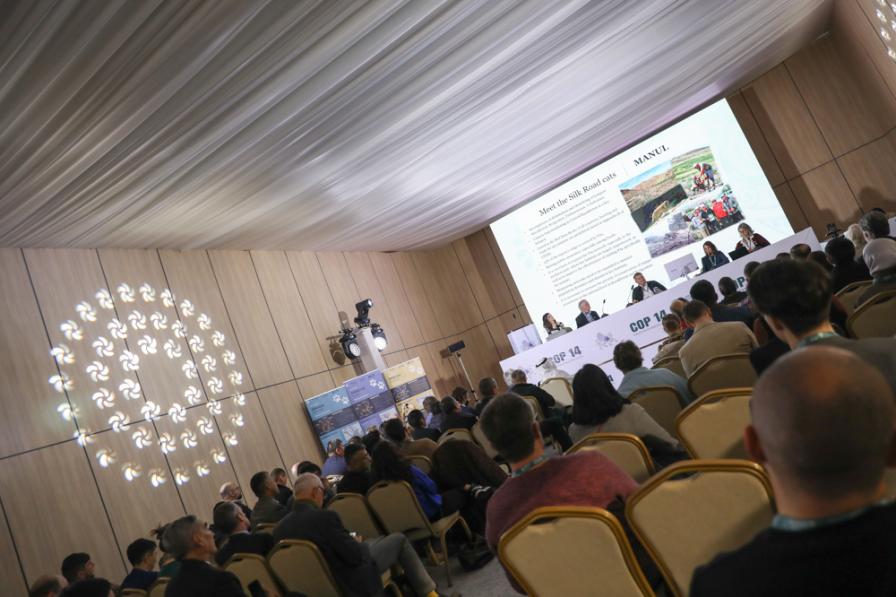
Various side events are held throughout the day, including one focusing on the cats of the Silk Road
